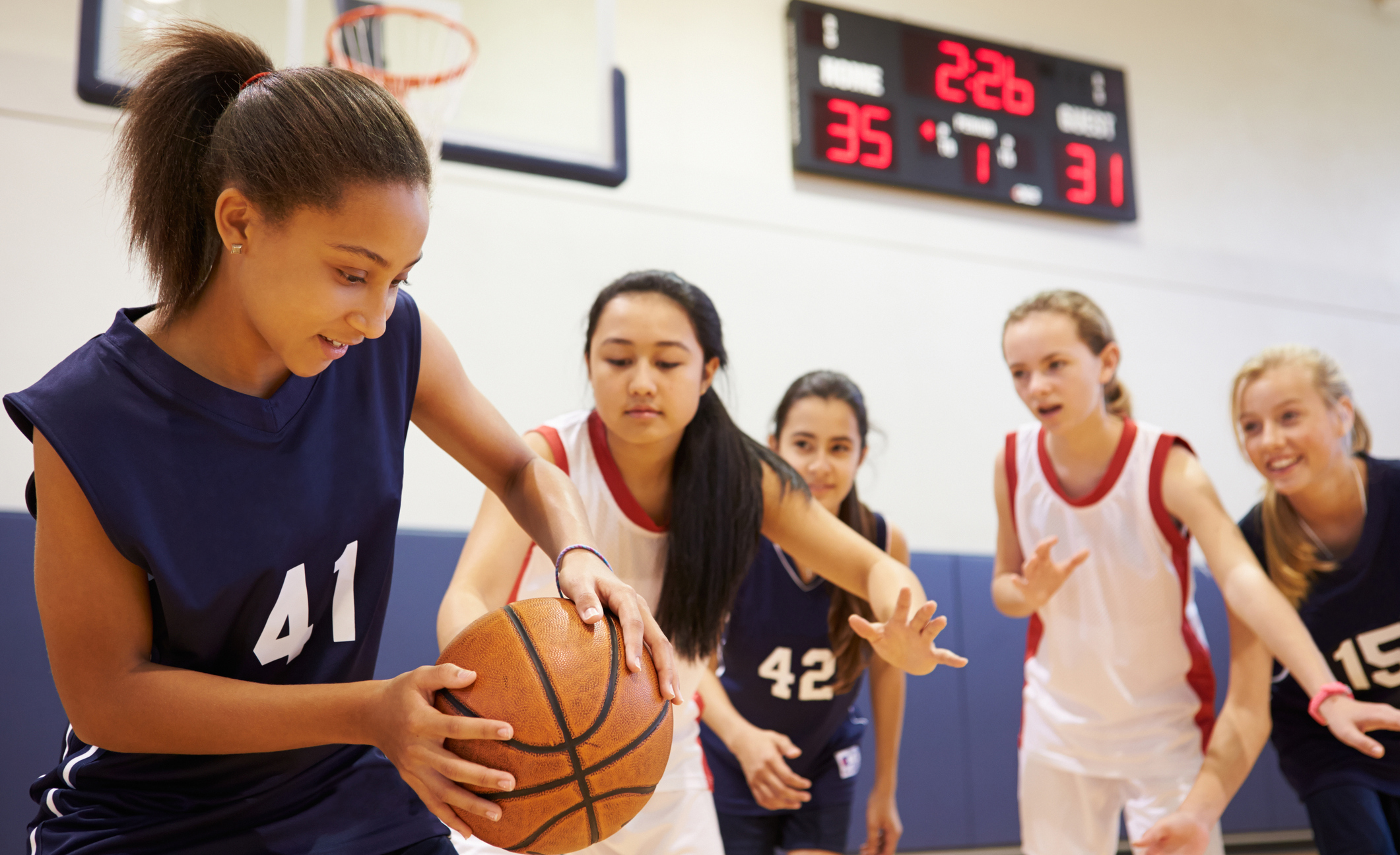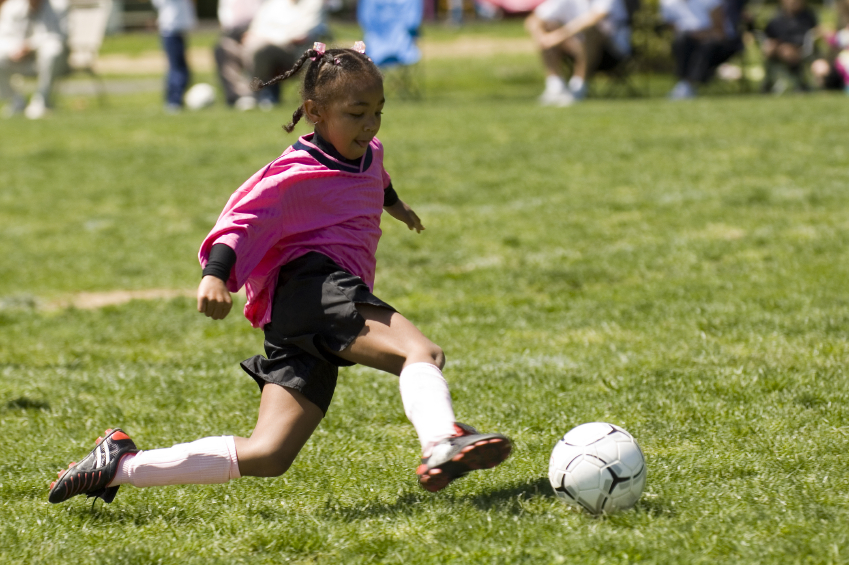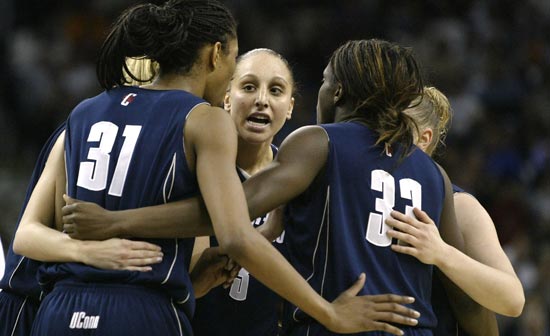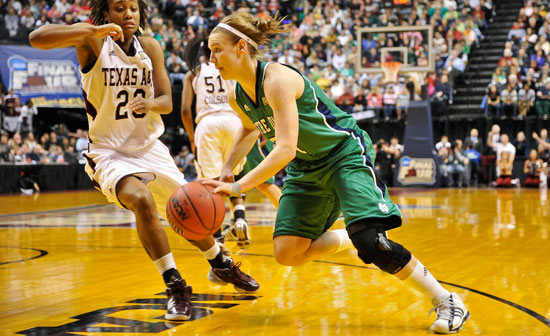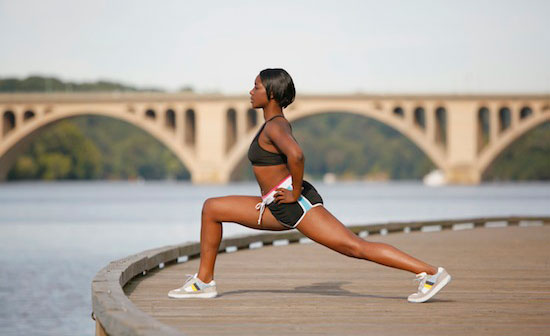This recently-published small study, financially supported by the Women’s Sports Foundation as part of it’s partnership with the University of Michigan (2010-2013), included 36 African-American girls ages 14 to 17 in three states. The authors found a consistent theme among participants: Adolescent girls preferred straightened hair, which was viewed as the most “attractive” style, and said they avoided getting wet or sweating during exercise because they worried it would ruin their hairstyle.
In an interview with the U-M Health Lab, Dr. Woolford explained more about her study and offered suggestions on how to overcome the potential conflict between hair and health.
In an essay for Time, Dr. Woolford and her collaborator, Carole J. Woolford-Hunt, emphasized the larger implications of the study’s findings, stating, “If it is the case that African-American adolescent girls engage in lower levels of physical activity due to concerns about maintaining straight hair, then social norms and pressures are influencing black populations in ways that are likely detrimental to health.”

